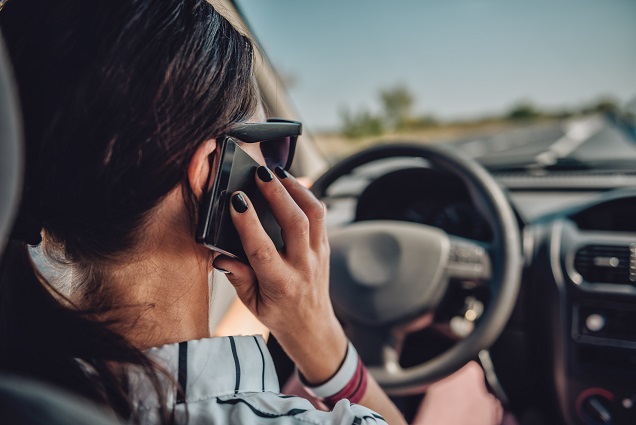We’ve all been there — an urgent call or text comes in while driving. Answering that call on a handheld phone is a dangerous proposition, and one that’s illegal in many parts of the country. The hands-free option seems safer but isn’t. Tapping your headset or pressing the “read text” button on your dashboard display may only take a fraction of a second, but even that short distraction can kill.
Two years ago, 22-year-old Megan Goeltz lost her life to a distracted driver who was texting when he lost control of his vehicle. Megan had a three-year-old daughter and was pregnant with a son. Megan’s father, Tom Goeltz, is a distracted driving educator and speaks on behalf of the National Safety Council on ending distracted driving.
“As a safety consultant with over 30 years of experience, I was powerless in saving my daughter from the ravaging effects of a distracted driver,” Tom said. “Too often in distracted driving crashes, the at-fault driver does not even apply the brakes. In the crash that claimed my daughter, the other vehicle traveled over 340 feet with no skid marks — longer than an entire football field. When driving distracted, the brakes are often not used or are applied later in the crash development, and the crashes tend to be more catastrophic.”
Our multimedia world makes us think we’re capable of processing simultaneous streams of information. We’re not. It’s impossible to think about two things at once; our brains toggle between the two, giving full attention to neither. The Myth of Multitasking calls it inattention blindness. You look but you don’t see. Multitasking behind the wheel is not only dangerous, it can be deadly. In 2015, over 3,400 people died in distracted driving crashes, and another 391,000 were injured. These numbers are undoubtedly underreported because police reports don’t always capture the reason for a crash.
So how can you put safety first when the world is so demanding of your time, attention and energy?
1. Tell everyone you won’t answer calls and texts while you’re driving. You could say, “When I get a call or text, I need to wait until I’m safely at my destination. If it’s something really important, I’ll pull over and call you back.” Set an expectation that you are not on the other end of the phone 24/7.
2. Use technology that blocks calls and texts. Distracted driving apps are available that will send calls to voice mail and send an auto text. And you can just turn your phone off for the duration of your trip.
3. Sign a pledge to be an attentive driver, and have everyone in your family sign one too. It’s a promise you make to yourself and everyone around you.
Want to reduce distracted driving and protect yourself and the people you love? Sign up for a free National Safety Council distracted driving course by April 21. Learn the best ways to reduce distracted driving so you can keep our roads, and everyone on them, safe.


